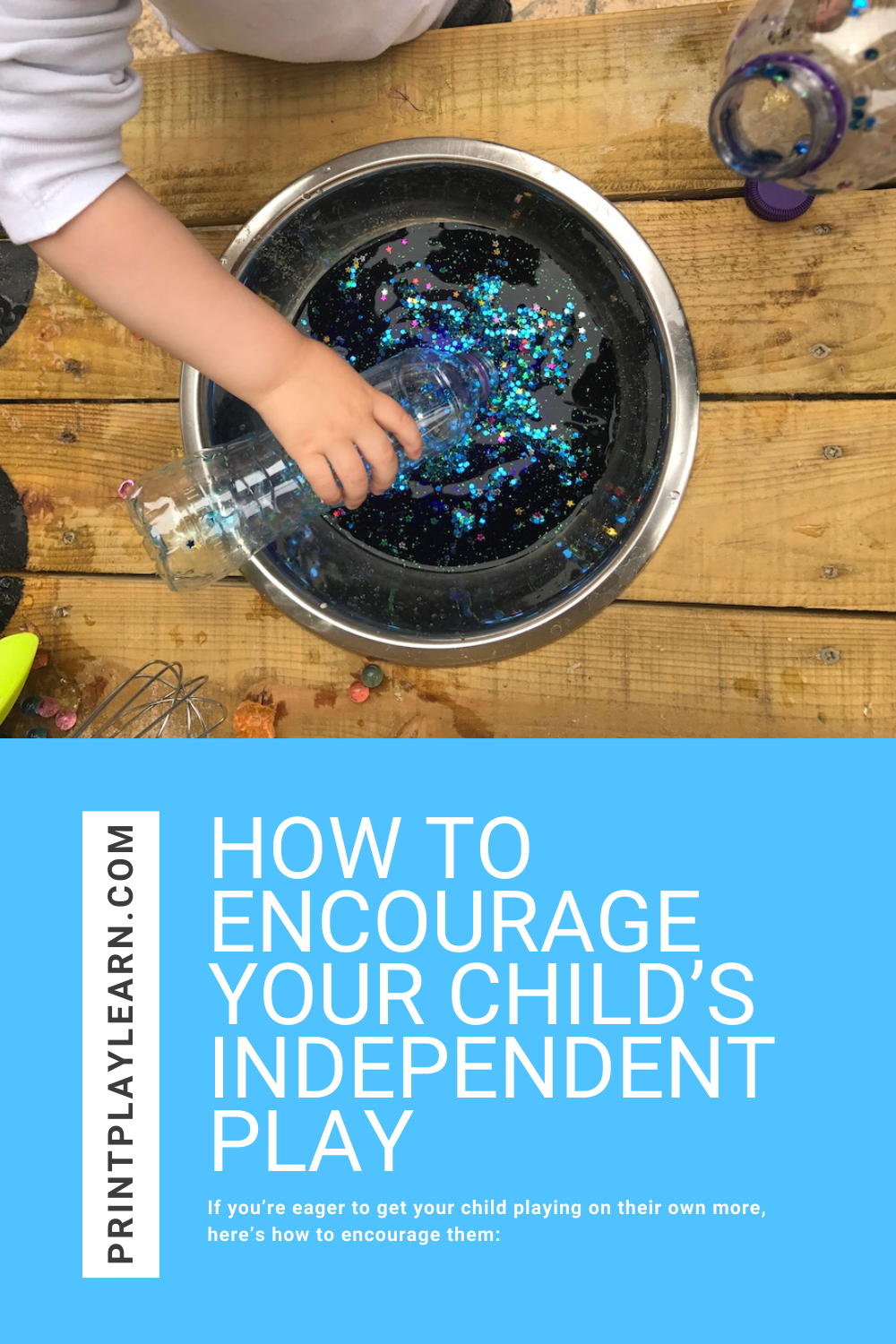How to Encourage Your Child’s Independent Play
It’s the parenting dream… your child playing happily on their own, lost in a world of imagination, while you’re able to get on with other things or take the chance to have a cup of tea that’s actually hot! Apart from being great for us parents, independent play also has loads of benefits for our kids’ development – and the more we can encourage it, the better!
Not only does independent play boosts creative thinking as your child comes up with stories and ideas so special to childhood. It also helps them build self-reliance, self-confidence, social independence, and emotional regulation (it’s brilliant for helping them relax mentally and take some quiet time).
If you’re eager to get your child playing on their own more, here’s how to encourage them:
Lower your expectations
Firstly, it’s important to take the pressure off and lower your expectations as you come to encourage your child to play on their own more. If they’re not used to it, you may find yourself off to a tricky start, but be patient and remember that independent play usually gets better with age.
Start them off by making connection
One of the main reasons our children want us to play with them, is to feel a sense of connection and know they’re valued. If your child is having a hard time playing alone, start them off by giving 10-15 minutes of your undivided attention and playing on their terms. This small amount of time is usually enough to give your child the bonding they crave and leaves them more likely to carry on playing on their own.
Make sure you tell your child you are only playing for this amount of time before you need to go and do other things, so they know what to expect.
Set an allotted time
If your child can roughly understand time, give them an idea of how long you expect them to play on their own for, and start small. You can set a timer if you want them to be able to see / hear when the time is up.
Give your child ideas to pick from
When your child is used to having activities set up for them, it takes a bit of practice to be able to come up with their own ideas. It might help to have a list of game ideas / toys your child can pick from. Photos are a lovely visual way to remind your child what they have and what they can access at any time.
You could split them into quiet ideas, creative ideas, outdoor ideas etc. so you can give them a choice dependent on where you’d like them to be playing.
Set up invitations to play
Invitations to play are another way to encourage your child to play independently, but that don’t require them to come up with a starting point themselves. You can find out more about how to set up and leave these simple play prompts in our other blog, here.
Swap their toys
One of the quickest ways to have your child quickly go off and play on their own? New toys! Or, just as good, toys they’d almost forgotten about! By swapping your toys collections in and out of use, your child’s play opportunities will stay fresh and they’ll have less to pick from at one time (reducing the risk of overwhelm).
Make it part of your day
The more your child has the chance to practice independent play, the easier it will become and the less your child will depend on you to entertain them. It’s a beautiful thing! If you can, set aside part of your day where your child comes to know it’s ‘time to play on their own’, you’ll face much less opposition as it’s an accepted part of their routine.
Try not to interrupt
When you finally see your child enjoying a world of their own, it’s tempting to step in and praise them with delight! Hold off. Once your child is in the flow of independent play, resist interrupting as much as possible. This cuts off their creative thinking and could cause frustration or distract them (so they’ll want you involved again!)
What you can do is praise them after they’ve finished playing. Be specific about what you noticed as they played, this way they’ll know that even though you weren’t involved in the game, you were paying attention and admiring them from afar.
Why not share the love and send these tips to other parents who wish their kids would spend more time playing independently? Plus, find more joyful learning ideas here.

